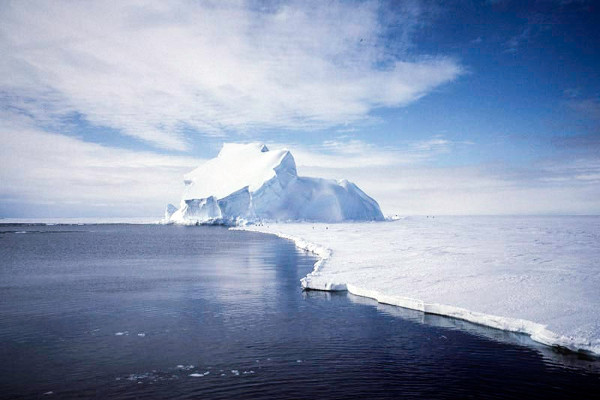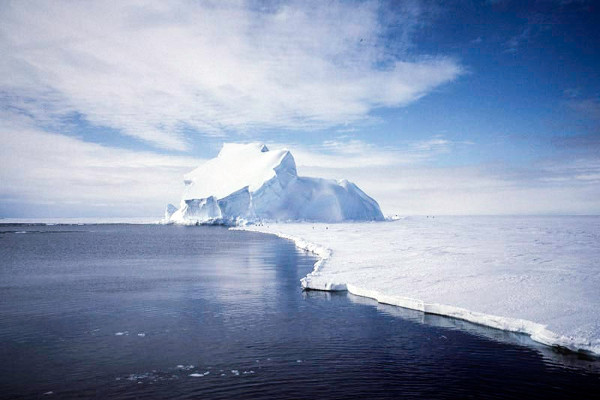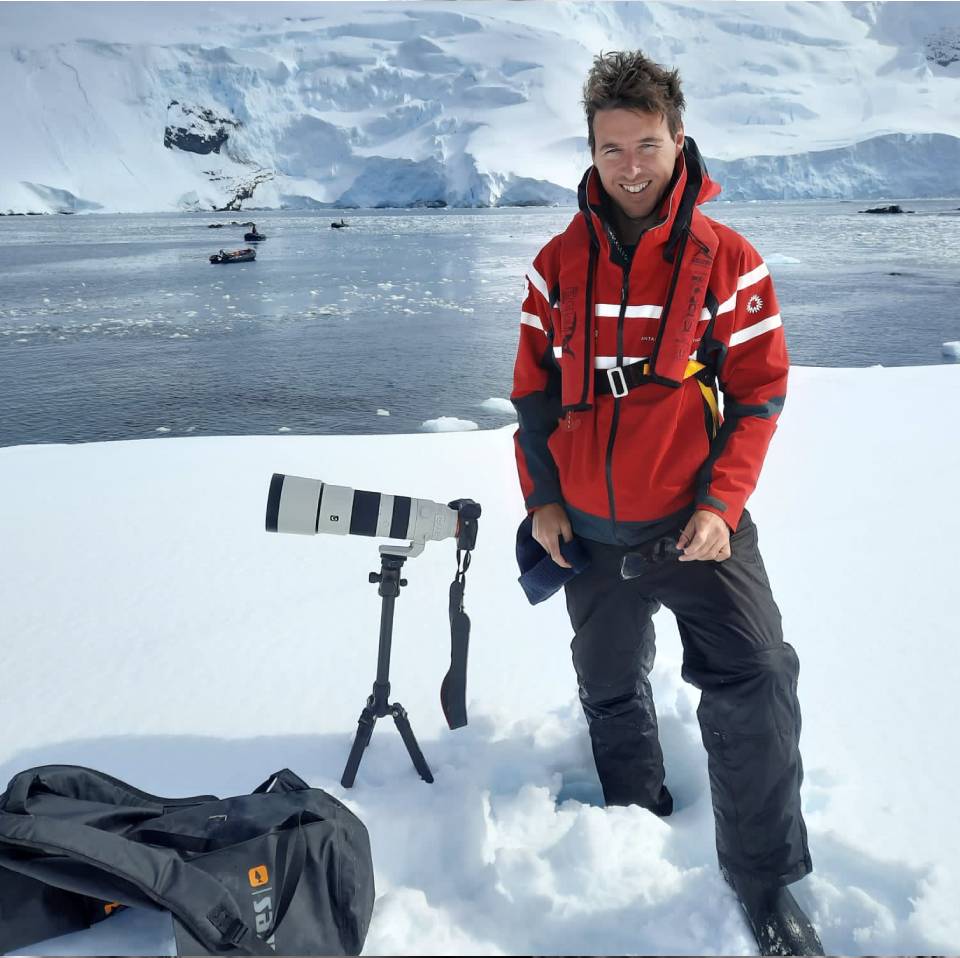An iceberg, anticipated to be among the largest recorded, is positioned to break away from Antarctica.
Scientists from the UK-based research team, Project MIDAS, have been monitoring the developing rift in the Larsen C Ice Shelf since 2014.
After months of steady and incremental growth, the division suddenly accelerated, adding an additional 18 kilometres in the second half of December 2016.
Recent investigations show the rift now measures a staggering 175 kilometres in length, leaving a mere 20 kilometres of fragile ice connecting the vast iceberg to the Antarctic shelf. The iceberg is hanging by a thread!
“If it doesn't go in the next few months, I’ll be amazed,” Professor Adrian Luckman lead researcher from Swansea University, told BBC News.
The iceberg, known as Larsen C, is ready to break off in spectacular fashion - rather than splintering at the edges and collapsing into smaller chunks like most icebergs. Larsen C is cleaving along an impressive fault line.

While this is not the first time icebergs have developed this way in Antarctica, scientists are emphasising the significant impact it will have on the topography of the continent.
When the iceberg carves off, the Larsen C Ice Shelf will lose just over 1,930 square miles, an equivalent of more than 10% of its area.
While it’s considered normal for an ice shelf to discard an iceberg every ten years, many fear that the rapidly growing crack is a sign of an inevitable decline and future instability of the entire region.
“This event will fundamentally change the landscape of the Antarctic Peninsula,” said Professor Adrian Luckman in a statement posted on the MIDAS website.
Climatologists and Glaciologists warn that this event is yet another sign of global warming and rising sea levels.
Larsen A ice shelf gave way 22 years ago and Larsen B, 15 years ago, in what was the largest collapse on record. Martin O'Leary, a researcher at MIDAS, told CNN the previous breaks were ‘“unequivocally climate change related,” however so far Larsen C has not been linked directly to global warming.
"We don't think there is a strong link to climate change in terms of the provocation of the crack in question… but we couldn't work that out,” admitted O’Leary.
The east coast of Antarctica is heating up quickly and is experiencing accelerated global warming.
In 2016, a study published in Nature confirmed that if greenhouse gas emissions continue unabated, Antarctica could experience uncontrollable collapse over the next several decades.
Antarctica’s ice mass has the potential to contribute more than a 1-metre sea-level rise by 2100, and more than 15 metres by 2500.
Unfortunately, all researchers can do at the moment is watch, wait and hope for the best.
if you would like to know more, please just leave a comment below. For a cruise quote to Antarctica, please click here.



